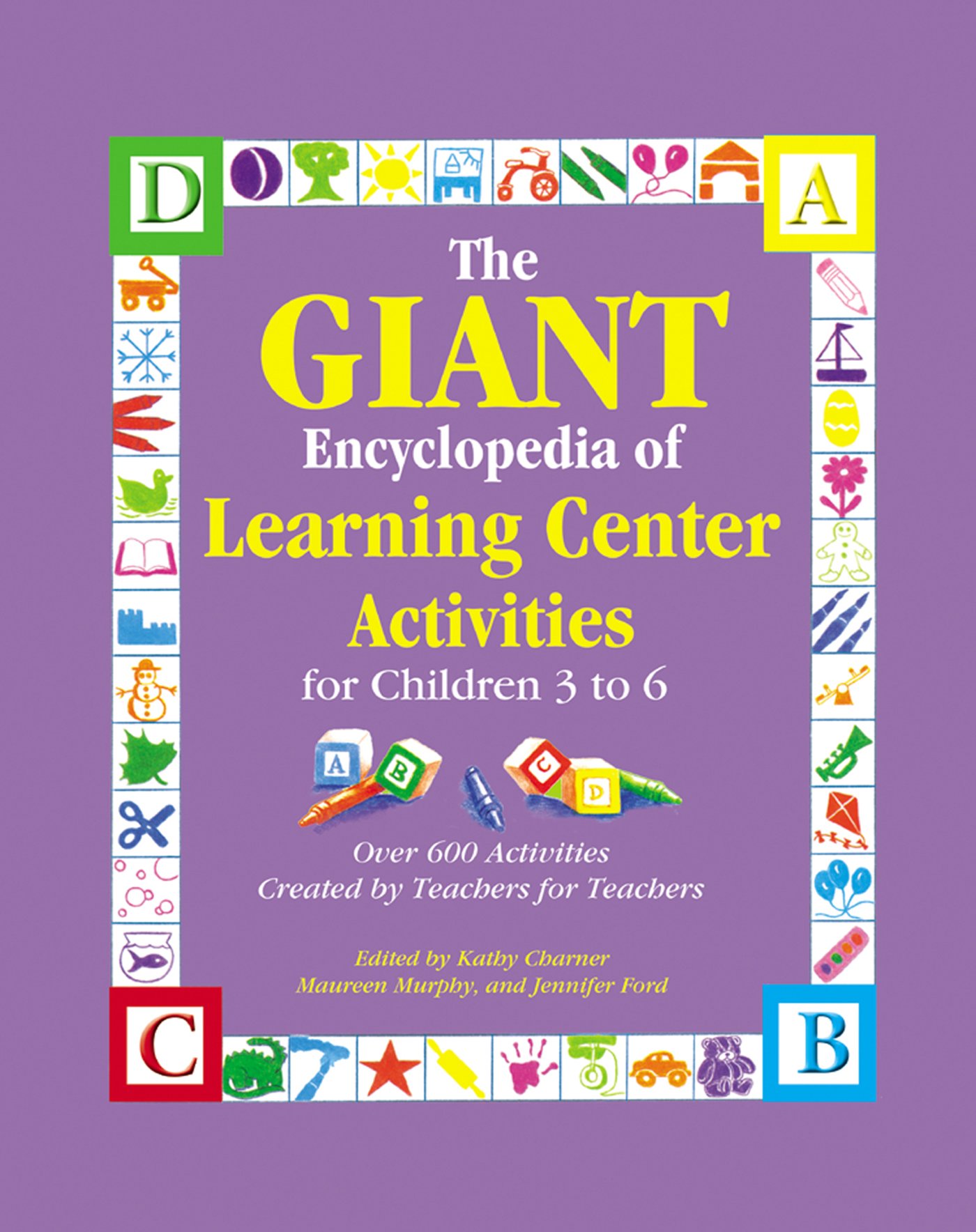Materials
- chart paper
- markers
- three small round tables
- nine chairs
- three small round tablecloths
- real silverware (one fork and one spoon at each place setting)
- paper or cloth napkins, paper plates, and paper or plastic cups
- cash register
- pretend money
- cardstock paper
- three clipboards and three pencils
- child-sized aprons
Instructions
- Create a real restaurant in your own classroom!
- Ask the children to talk about places they have eaten at. Ask specific questions such as, "Did you sit down and have a waiter take your order?" and "Did you go to a salad bar to get your food?"
- Ask the children which type of restaurant they liked best. Keep track of their answers on a chart. Explain that they will be making their own in the classroom.
- Decide what kind of food to serve at the restaurant. Since you will actually be serving real food, steer the children in the direction of something that can be prepared in your classroom. For example, they could make pizza and salad for a pizza restaurant.
- Choose items to feature on the menu, keeping the choices down to one or two items.
- Have the children use cardstock paper and markers to create menus. Make at least one menu for each table. If time permits, make one menu for each seat.
- Choose a name for the restaurant and make a sign to post on the door.
- Choose a spot to set up the restaurant. Place the small round tables and chairs in the area. Put a tablecloth and a vase with plastic flowers on each table.
- Ask the children to set each place with a plate, spoon, fork, and cup.
- Place the small rectangular table with a cash register on it at the entrance. Put pretend money in the cash register. Place the menus on the table.
- Ask the children to use cardstock paper and markers to make invitations asking their parents to visit their new restaurant. Since you will actually be cooking or preparing food, choose a special day for the restaurant to be open.
- On the day the restaurant will open, spend the morning cooking whatever type of food the children chose. Make something to drink, too!
- As people begin to arrive at the restaurant, let the children take turns seating them. Make sure the children give each patron a menu.
- The children can don the aprons and pretend to wait for the staff. They can use clipboards and pencils to "write down" what the patrons want.
- As orders arrive, ladle out the food and help the children take it to the tables.
- Provide each patron with pretend money so they can pay for their meal as they leave. Encourage the children to take turns working at the cash register.
- As the patrons are done eating, have the children take turns clearing the tables. Put out a basin or tub to place the dirty dishes and throw away all disposable items immediately so they will not be accidentally used again.
- Continue serving the patrons as they arrive until it is time to close your restaurant for the day!
Instructions
1. Take a picture of each book in the Book Nook, or scan the cover and print
out a small picture.
2. Glue each picture to a book pocket.
3. Glue the book pockets to chart paper. Leave enough room around the
pocket so the children can put the library checkout cards into it.
4. Encourage the children to play Book Match to work on their observation
skills. The children pick a book, find the pocket with that book's picture on it,
and put the library checkout card in the pocket. Continue until all books
have been matched to their corresponding pictures.
5. This is a great way to teach children how to borrow classroom library books
as well.
